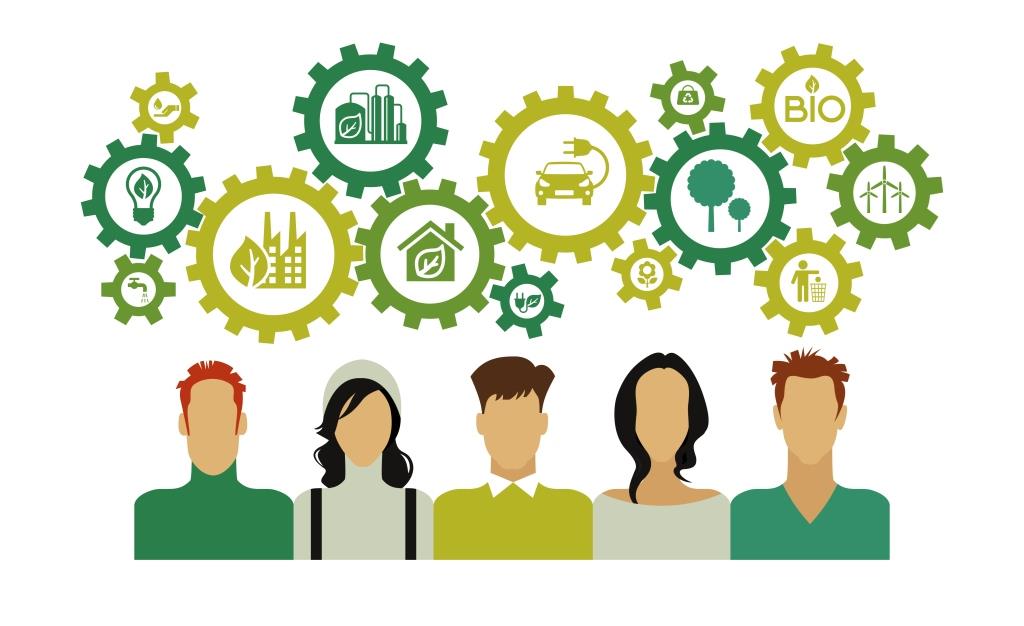Sustainability performance should be one of the most pressing considerations in any supply chain. It is tempting to view prioritising sustainable practises as choosing planet over profit. But encouraging ESG (environmental, social and governance) investing across your supply chain is vital for guaranteeing long-term prosperity.
Sustainability related risks can adversely impact growth projections in a number of ways. Inefficient resource usage generates waste, has a negative effect on availability and, subsequently, productivity. Consumer goods businesses depend on resource abundance in order for their manufacturing and selling to be cost-effective. They also require permission from increasingly sustainably-minded investors and regulators to continue to do business. Unfortunately, consumer goods companies have historically been slow to respond to sustainability demands – and urgently need to improve.

Shutterstock Licensed Photo – By VLADGRIN
The environmental impact of unsustainable practises causes long-term damage across the economy; a report by the UN Intergovernmental Panel on Climate Change estimates that environmental factors could cost the global economy $2tn by 2030. With an increasing spotlight on corporate responsibility, environmentally or socially oblivious business practises also weaken consumer and investor confidence in organisations.
How can you improve your supply chain’s sustainability performance?
1. Honestly evaluate your company’s current and projected social impact.
To understand how you can improve your company’s sustainability performance, you must gain an in-depth understanding of its current and future social and environmental impact. Two important sustainability risks to consider are your carbon footprint, and any health and safety risks to workers along your supply chain. The latter is particularly pertinent when manufacturing is outsourced, and workforce wellbeing is less transparent.
Failing to honestly evaluate the health and safety of supply chain workers can have catastrophic results for an organisation’s reputation. For example, the Reptrak 2014 index of the 100 most reputable companies includes 8 apparel brands. Of those, 2 were dropped from the 2015 index following a deadly factory collapse in Bangladesh, where workers had been producing goods for them.
Also Read
With the combined force of business leaders, scientific consensus and world governments calling for dramatic improvements to sustainability performance, pleading ignorance in this field is no longer an excuse. Honest self-evaluation is the first step toward improvement.
2. Work closely with your suppliers
Improving sustainability performance across your supply chain is only possible when you set high standards for your suppliers.
Fostering trust & establishing a good working relationship with your suppliers is necessary for potentially developing innovative, sustainable solutions together. There can also be a perspective problem that affects how we choose our suppliers. Prioritise sustainability performance alongside other supplier considerations such as punctuality, cost and quality.
Work with a supply chain consultancy to develop KPIs for measuring the success of sustainable initiatives. Where possible, monitor your supplier practises.
3. Focus on the big picture and think long-term
If you fail to focus on the big picture, ambitious sustainability goals can seem like an unattractive proposition. Supply chain managers worry these implementing these changes may require a reorganisation of some core aspects of your business – or even a short-term impact on profits.
There is, however, an appetite for dramatic improvement to corporate sustainability performance. An agile, knowledgeable and forward-thinking team should constantly be looking to innovate supply chain processes. Dynamic, sustainably minded businesses should be looking to partner with businesses who share those values along their supply chain to ensure long-term profitability.
